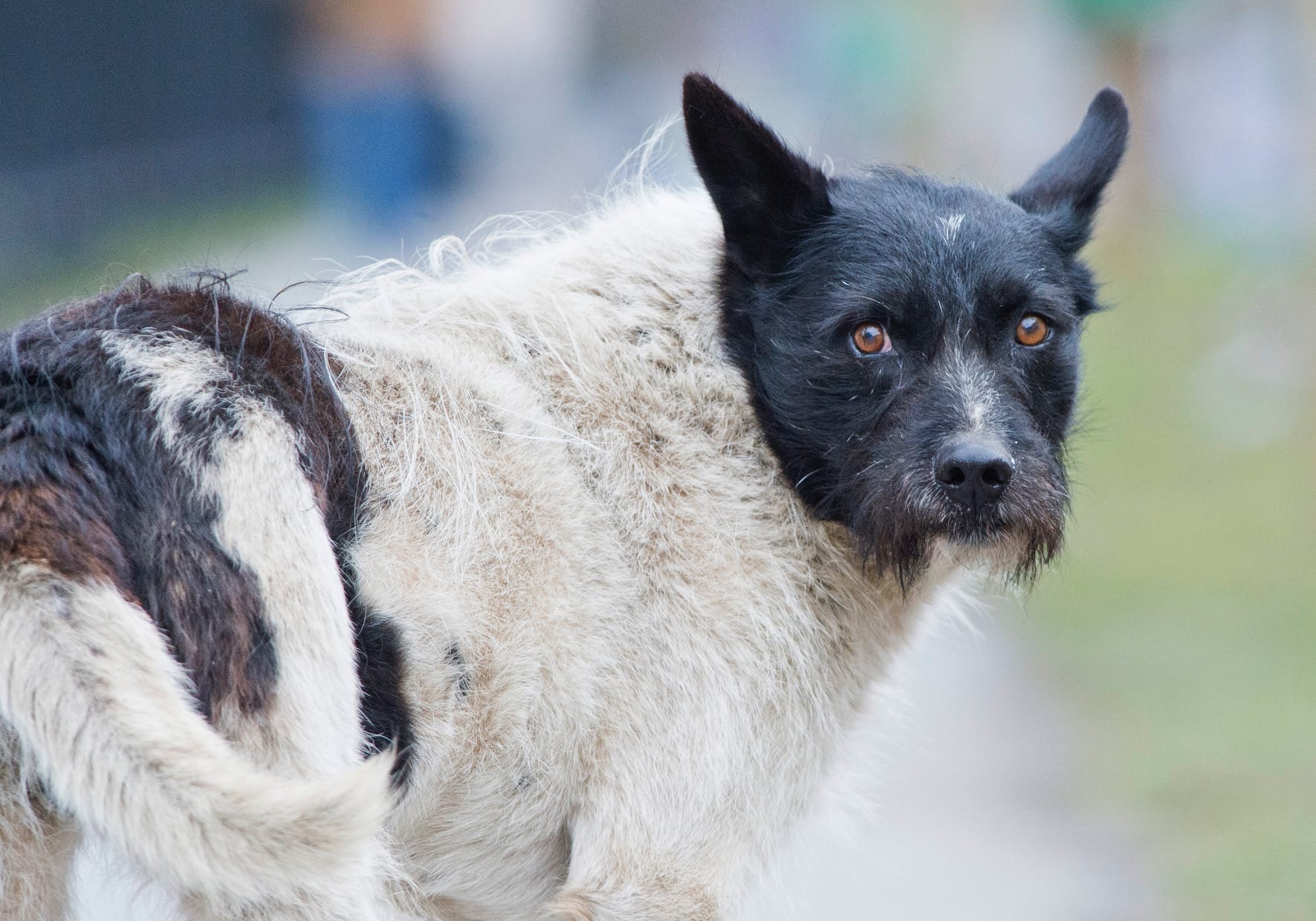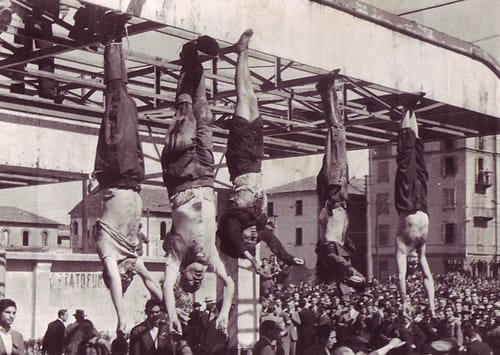Harry Palmer
A recent BFD article by Sir Bob Jones mentioned the floating crane Hikitea, which was once indispensable to the operations of Wellington Harbour Board. The article took me back to the days when I worked on the waterfront, myself, and to a dog who is memoralised in a small drinking fountain and a bronze plaque just inside the entrance gates to Queens Wharf. As well as watering humans, the marble fountain also incorporates a couple of small bowls at ground level for thirsty pooches.
“Paddy the Wanderer” was a ‘stray’ and he was indeed nabbed by the local animal control officer, but taxi drivers, who had become fond of him, paid his licence fee. In the days of the Great Depression, he was a friend and known to all around the harbour front as a bit of a character. He was even known to sneak on board ships and enjoy a cruise to Australia every now and again, but he always returned. He died on 17 July 1939 and was placed in a purpose-made coffin in the back of one of 12 taxis that formed the funerary procession to carry him the short distance to the port’s incinerator. The procession, led by a traffic officer, included 50 or 60 waterfront workers and seamen.

If there is such a thing as reincarnation, then Zorik, to whom a statue has been erected in Estonia, must surely have inhabited the Wellington waterfront in an earlier life?

Then there is the lead sled dog Balto (1919–1933), who was an Alaskan husky belonging to musher and breeder Leonhard Seppala. Balto achieved fame when he led a team of sled dogs driven by Gunnar Kaasen on the final leg of the 1925 serum run to Nome, in which diphtheria antitoxin was transported from Anchorage to Nenana, Alaska, by train and then to Nome by dog sled to combat an outbreak of the disease. (The annual Iditarod trail race is due to start on 02 March.)
Greyfriars Bobby (1855–1872) was a Skye terrier who became known in 19th-century Edinburgh for spending 14 years guarding the grave of his owner until he died. The story continues to be well known in Scotland, through books and films. A prominent commemorative statue and nearby graves are a tourist attraction.
And then there’s the story about the only cat to win the Dickin Medal, the animal version of the Victoria Cross. His name was Simon. The medal was awarded for “gallantry under fire” and the disposal of many rats despite shrapnel injuries received during the Yangtze Incident in 1949.
As well as dogs and horses, many wartime awards of the Dickin Medal were in recognition of the bravery of pigeons. (Do me a favour and never call pigeons ‘flying rats’.) They were taken aboard aircraft and released when the plane was ditched or shot down and led searchers to rescue survivors. Pigeons “Beachcomber” and “Gustav” were awarded the medal upon having brought the first news of the landing in Dieppe in 1942 and on Normandy Beach on 1944. I admire, too, medal winner “Kenley Lass”: the first pigeon to deliver intelligence from an agent in enemy-occupied France in October 1940. Kenley Lass served with the National Pigeon Service. She was parachuted in with the agent and released 12 days later to fly 300 miles back home in less than seven hours.
You will have by now come to the conclusion that like many, I am very fond of animals, especially pets like my cat companion “Lilly”.
And so, the ongoing discussions and claims by councillors and legislators, as exposed in this article, are very concerning:
So, do the arrogant morons that rule us on behalf of the ‘globalists’ believe that they can get away with banning our pets without risking the send-off given to Il Duce (Benito Mussolini 1883-1945) and his mistress in April 1945?










